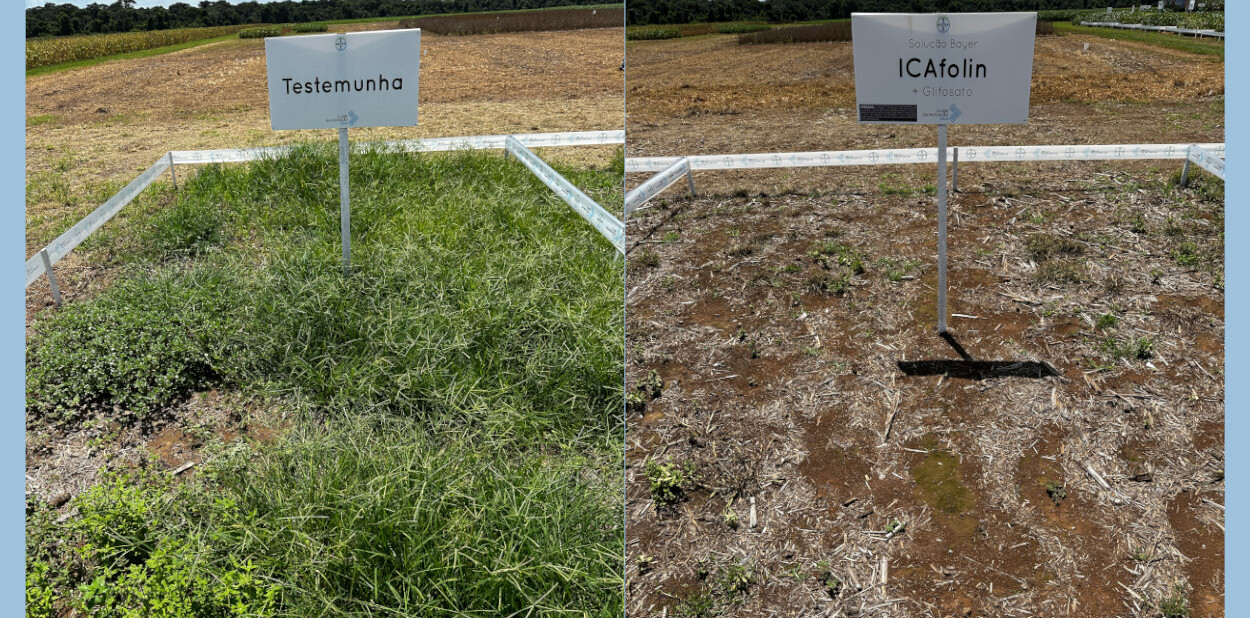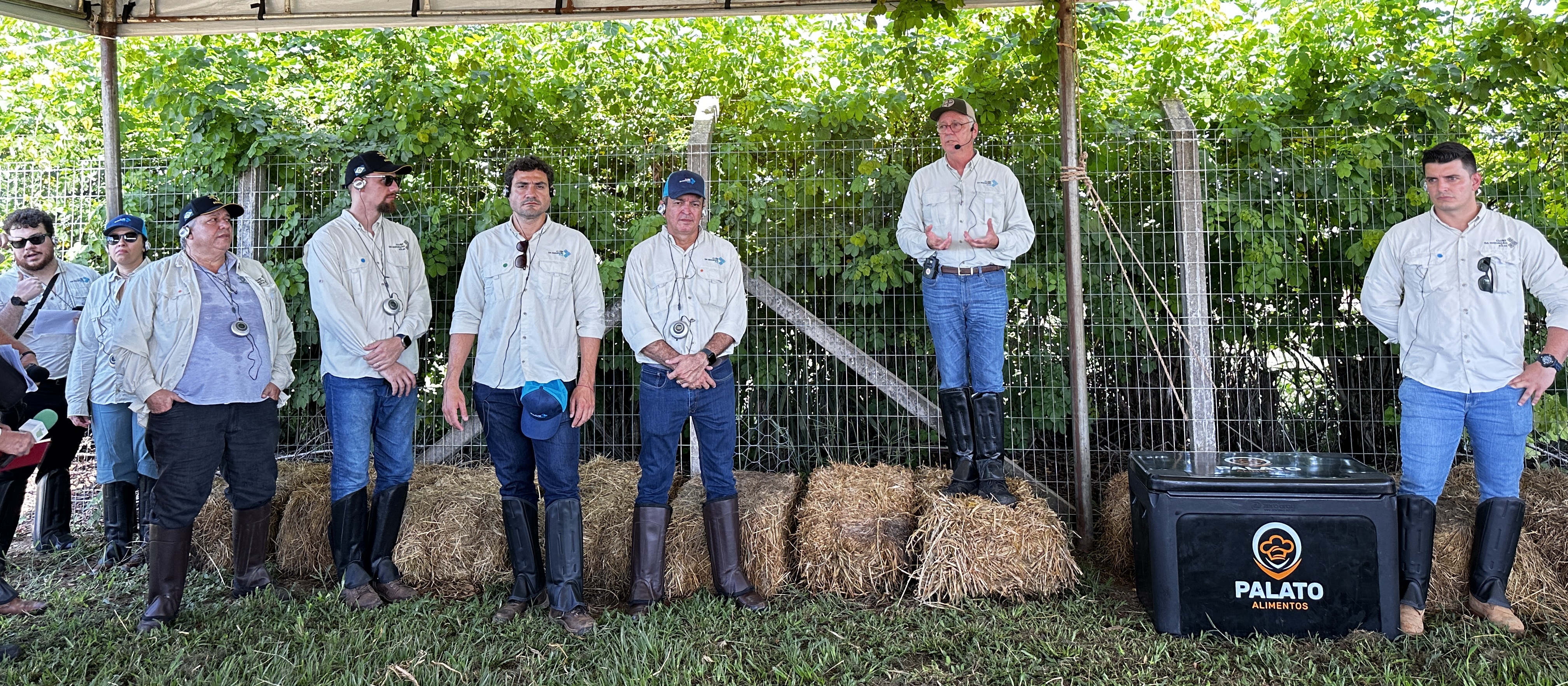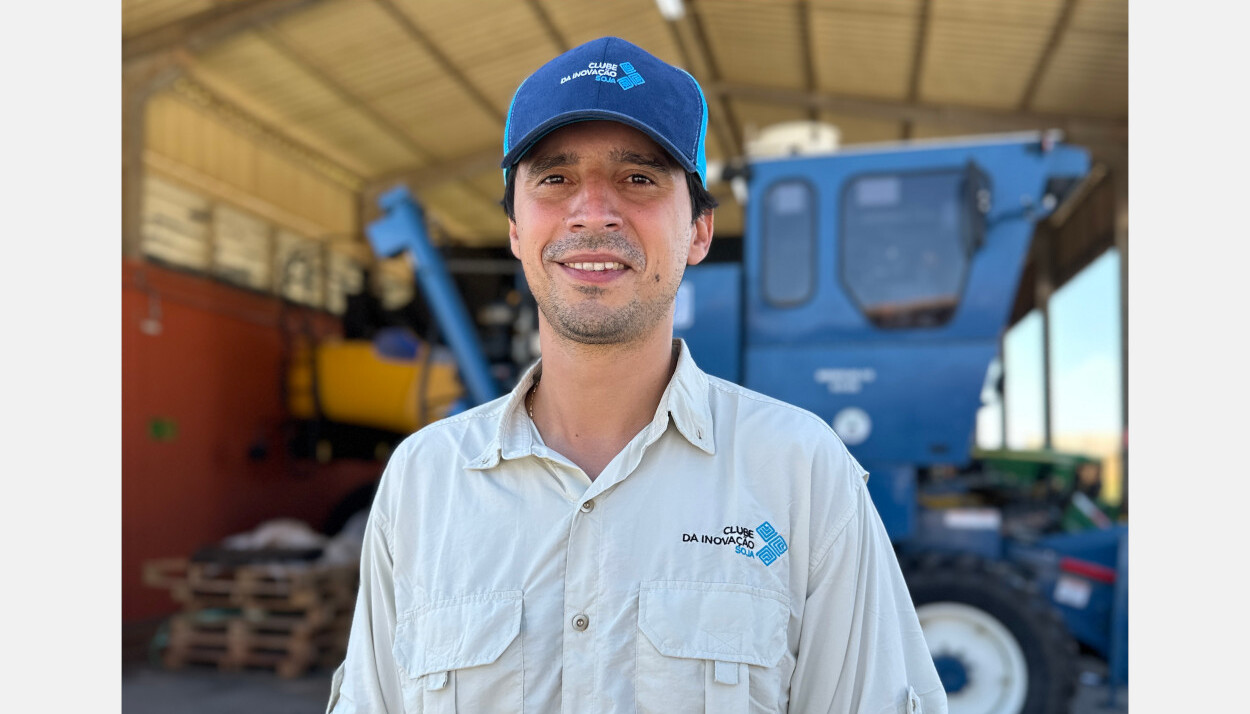IDR-Paraná will discuss management of compacted soils at the Rural Show
Institute will present technologies that improve the preservation of natural resources and contribute to crop yields

New pesticides from Bayer are expected to hit the market soon. There are two herbicides, one containing the first herbicide molecule with a new mechanism of action launched in the last 30 years, the other with an alternative for managing resistance; an insecticide and a fungicide. The information was transmitted during the "Soy Innovation Club", which took place today in Sorriso, in Mato Grosso.
By 2026, Bayer intends to commercialize the herbicide Convintro Duo. The pesticide contains two active ingredients: diflufenicam (diflufenican, CAS 83164-33-4, HRAC 12) and metribuzim (metribuzin, CAS 21087-64-9, HRAC 5). It is intended for the pre-emergence phase of soybeans.
The other herbicide to be launched is based on icafolin-methyl (icafolina-methyl, CAS 2749998-21-6). This is a new molecule. Icafolin-methyl is effective against several invasive plants, such as bittergrass and crow's foot grass. In general, it acts against mono and dicotyledonous plants. The compound belongs to the chemical class isoxazoline carboxamide (isoxazoline-carboxamide) and acts through specific inhibition in the plant of tubulin polymerization.
In the documentation relating to one of the patents involving icafolin-methyl, Bayer described that the invention refers "to substituted 3-phenylisoxazoline-5-carboxamides and -5-thioamides of esters and tetrahydro and dihydrofurancarboxylic acids, to processes for their preparation and their uses as herbicides".
In the same document, it is stated that it is "the objective of the present invention to provide compounds that have herbicidal activity that are highly effective against economically important harmful plants even at relatively low application rates and can be used selectively on crop plants, preferably with good activity against plants harmful, and at the same time preferably have good compatibility with crop plants. Preferably, these herbicidal compounds should be particularly effective and efficient against a broad spectrum of weeds and, preferably, they should also have good activity against a broad number of weeds."
It was also pointed out that when these compounds are applied to the soil surface prior to germination, "weedy vegetation seedlings are prevented completely from emerging or the weedy vegetation grows until it has reached the cotyledon stage, but then stops growing. to grow".
On the other hand, if applied after emergence, on the green parts of plants, "growth stops after treatment and the harmful plants remain in the growth stage at the time of application, or die completely after a certain time, so that, in this way, , weed competition, which is harmful to crops, is eliminated very early and continuously."
In relation to icafolin-methyl, Bayer's strategy should be to use the product associated with another active ingredient. All with the aim of making it difficult for tolarant plants to multiply. Initially, the company must offer it with indication for pre-planting desiccation.

The increase in weed resistance to herbicides has become a growing challenge for agriculture. Matheus Palhano (in the photo), Bayer herbicides manager for Latin America, highlighted the urgency of finding more effective and sustainable solutions.
According to information from Bayer, in Brazil, around 60% of the area cultivated with soybeans faces problems with weeds resistant to at least one active ingredient. Projections indicate that, by 2030, the amount could exceed 65%. The concern is that weeds develop resistance to multiple active ingredients. The Simon project, led by Bayer for more than a decade, involves researchers and experts in the search for solutions.
To combat this resistance, Palhano suggests a change in management approach. He proposes the adoption of an integrated management system for all crops planted throughout the year on farms. This includes starting weed control soon after corn is harvested, preparing the ground for the next crop, such as soybeans. This strategy aims to reduce the incidence of weeds and facilitate their control.

Another molecule presented at the event was espidoxamate (spidoxamat, CAS 907187-07-9, IRAC 23). Under the trademark Plenexos, the insecticide targets suckers in general (aphids, whiteflies, etc.).
According to Bayer, one of the advantages of the product is its selectivity towards natural enemies and pollinators. The pesticide can be used foliarly, on the ground and aerially.
In terms of mechanism of action (MOA), espidoxamate is included in the group of inhibitors of the enzyme acetyl coenzyme A carboxylase (ACCase)
Bayer estimates a launch in 2026.
In 2025, Bayer should offer the Fox Ultra fungicide to the market. The product will target grain rot, popularly known as soybean anomaly. It will also act against end-of-cycle diseases in general, soybean rust and target spot.
Fox Ultra contains a combination of three active ingredients: prothioconazole (propiconazole), trifloxystrobin (trifloxystrobin) and impirfluxam (inpyrfluxam).

Receive the latest agriculture news by email